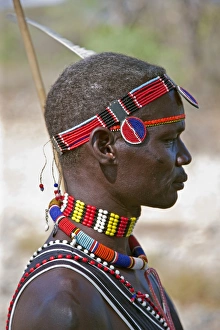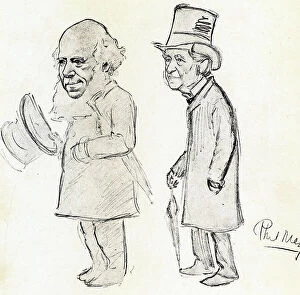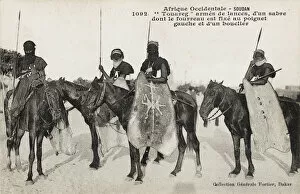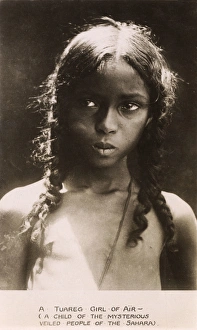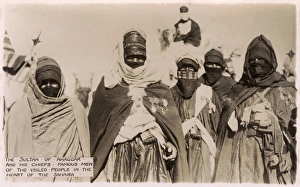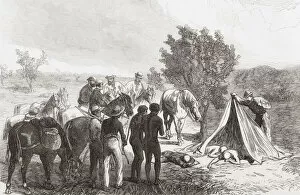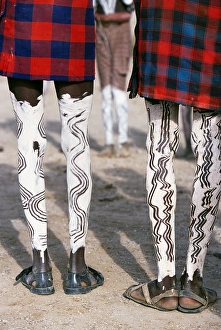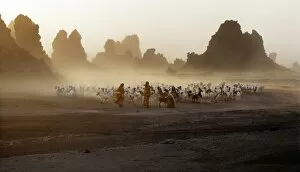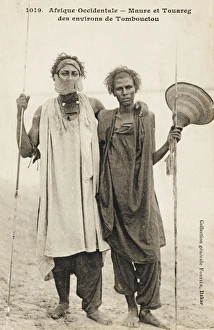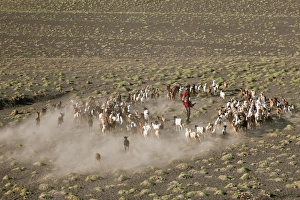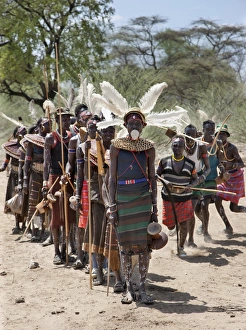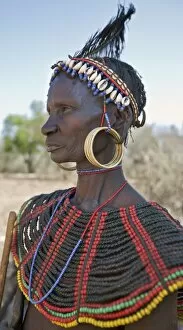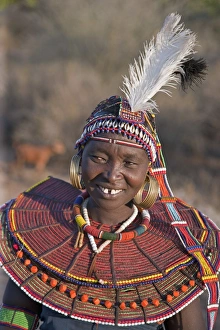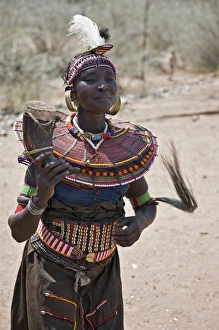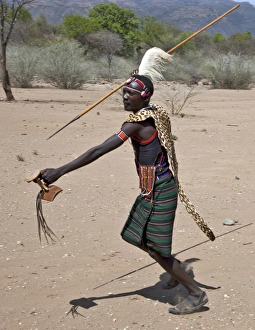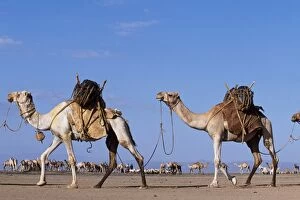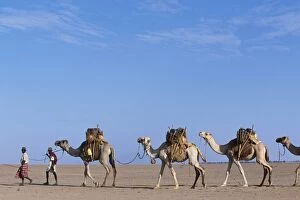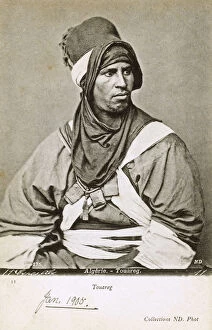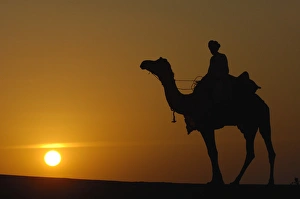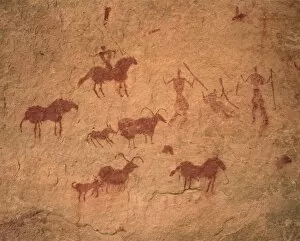Pastoralist Collection
Pastoralist: A Journey into the Lives of Nomadic Tribes In the vast plains of Africa, a Pokot man proudly adorns himself with intricate beaded ornaments
All Professionally Made to Order for Quick Shipping
Pastoralist: A Journey into the Lives of Nomadic Tribes In the vast plains of Africa, a Pokot man proudly adorns himself with intricate beaded ornaments, representing his tribe's rich cultural heritage. The Pokot people, Southern Nilotic speakers and skilled pastoralists, have mastered the art of harmonizing with nature. A young Pokot girl wears a traditional broad necklace made from hollow reed grass, symbolizing her uninitiated status within the community. As she grows older, this necklace will be replaced by one that signifies her transition into womanhood. The Pokot people cherish their customs and traditions as they navigate their nomadic lifestyle. Sir Saul Samuel and Sir Alfred Stephen stand tall in history as pioneers who recognized the importance of pastoralism in building prosperous societies. Their contributions to agricultural development laid foundations for sustainable growth in regions where livestock rearing was prevalent. The West African Tuareg Horse Warriors evoke images of strength and resilience as they traverse arid landscapes on horseback. These warriors embody the spirit of pastoralism while protecting their communities from external threats. A child belonging to the Mundari tribe gazes at us with innocent eyes, unaware of the challenges that lie ahead in a world shaped by nomadic existence. With each passing generation, these children inherit ancient wisdom passed down through centuries by their pastoralist ancestors. Two young Datoga boys playfully engage with one another amidst an environment adorned with beads – symbols reflecting their vibrant culture. For them, every bead holds stories untold; tales woven intricately into their identity as proud members of a nomadic society. In Algeria's Hoggar Mountains stands a Tuareg girl draped in colorful garments that conceal her face but not her indomitable spirit. She embodies resilience against harsh desert conditions while preserving age-old traditions unique to her people. The remains discovered near Lagrange Bay tell a haunting tale from Australia's colonial past.

